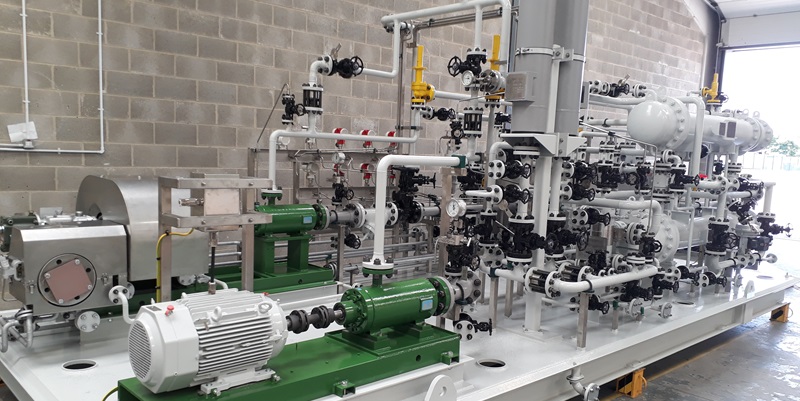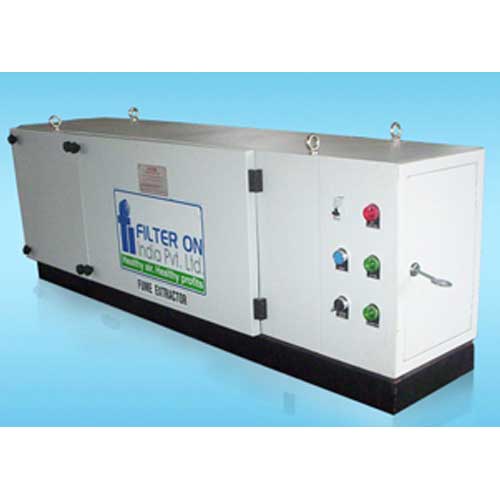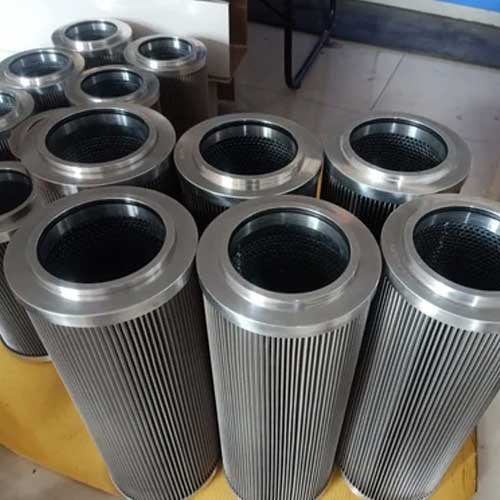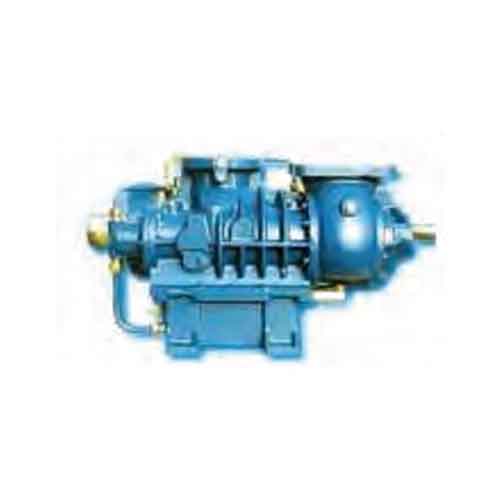Schedule a Call Back
Indian lubricants market: On a smooth sail
 Technical Articles
Technical Articles- Feb 01,18

Related Stories

Greasing India's wheels of progress
The industry is witnessing a paradigm shift towards the adoption of advanced lubricant technologies, including synthetic and bio-based lubricants.
Read more
Celeros’s Plenty Triro pumps deliver optimum oil performance
The axial pulse-free pumping action used by the Plenty Triro means there are no pulsing hydraulic shock characteristics.
Read moreLube Automatic Systems inaugurates new corporate office
Lube Automatic Systems is the sole distributor in India of centralised lubrication systems for machine tools and plastic injection moulding machines and consumables.
Read moreRelated Products

Oil Mist Collector System / Oil Fumes Extraction Systems
Amaricar Engineering & Systems Pvt Ltd offers a wide range of oil mist collector system / oil fumes extraction systems.

Stainless Steel Hydraulic Oil Filters
M T B Filter Industries offers a wide range of stainless steel hydraulic oil filters.

Mak Compressor Oils
Interstate Supply Company offers a wide range of MAK compressor oils.



















